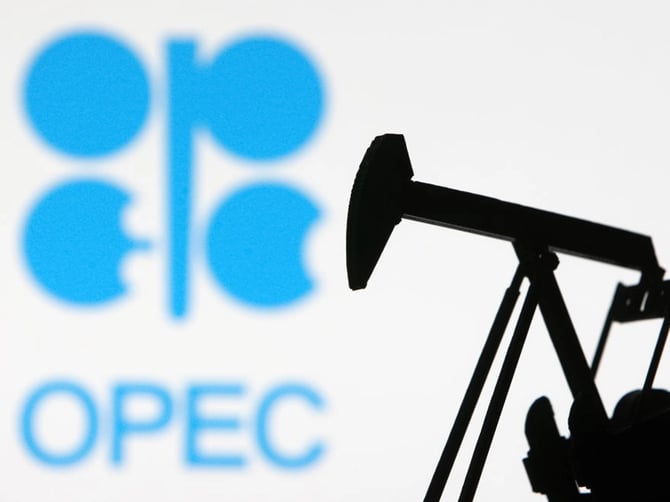OPEC+ Ups Output Despite Bearish Oil Outlook and Tariff Pressures

OPEC+ has surprised markets by accelerating its oil production increases at a time when global forecasts are becoming increasingly bearish.
Eight of the group’s key producers, including Saudi Arabia, Russia, and the UAE, agreed to raise output by 411,000 barrels per day—nearly triple the previously expected figure of just under 140,000. The announcement immediately triggered a 6% drop in oil prices, with Brent crude dipping closer to $70 per barrel.
This decision defies market sentiment, which has soured amid U.S. President Donald Trump’s aggressive tariff escalations that have raised the risk of a global slowdown.
Goldman Sachs has lowered its Brent and WTI forecasts for December 2025 to $66 and $62 a barrel respectively, citing increased supply and trade tensions.
Despite these headwinds, OPEC+ appears to be betting on a recovery in demand later in the year. The group is also likely responding to pressure from the White House, where Trump has repeatedly called for more supply to ease prices at the pump.
What Does This Mean for Me?
Internally, the decision sends a message to members like Iraq, Kazakhstan, and Russia—countries with recent histories of exceeding output quotas. The move may also serve to reinforce OPEC+ market share, particularly at the expense of U.S. shale producers.
Analysts suggest that if prices fall further into the $60 range, the group could be forced to reconsider its production strategy. But for now, OPEC+ seems willing to hold its line—banking on a summer demand rebound and a de-escalation in trade tensions.
More News
.webp)
Gold’s Breakout Year Sets a High Bar for 2026
.webp)
Europe’s Gas Chill Turns Into a Price Rout

The Rare Earths Boom Driving a New Global Supercycle
.webp)
Brent Rises as Fresh U.S. Sanctions Choke Russian Oil Exports

Global Wind Market Set to Hit $304 Billion by 2029
.webp)
Gold Cools After Record Surge as Dollar Strengthens

Nations Face a Decade-Long Effort to Impact China’s Rare Earth Monopoly
